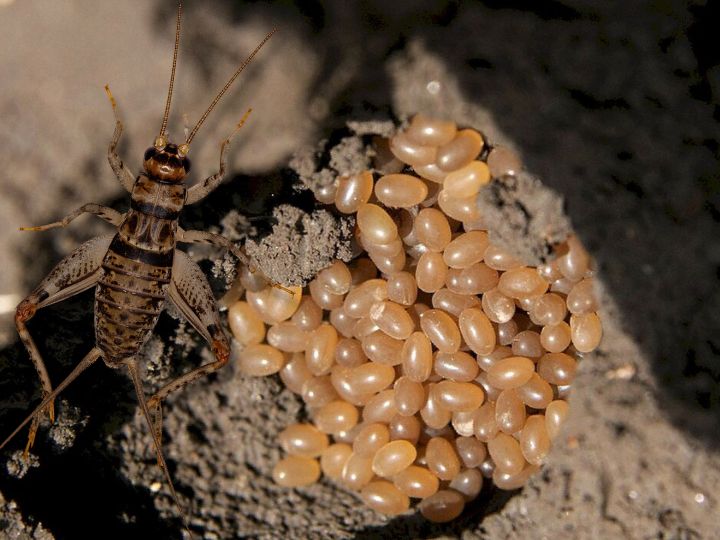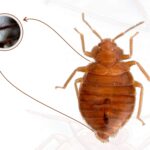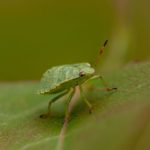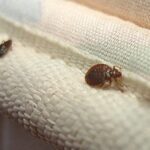Cricket eggs, which are also called cricket ova, are the reproductive structures that female crickets make. As a way to reproduce, female crickets lay eggs. In this process, the female usually uses her ovipositor to lay eggs in a good place, like the ground or another safe place. More and more people are interested in cricket farming as a renewable and high-protein food source.
Cricket eggs may be a part of the life cycle in cricket farms. In many cooking situations, though, it’s the adult crickets, not their eggs that are eaten. This is usually done by roasting or grinding the crickets into flour, which is then used to make different foods. For more interesting information about insects, visit our home page.
Table of contents
What do cricket eggs look like?
Most cricket eggs are small and oval, looking like tiny grains. Cockroach eggs can look different based on the species, but most of the time, they are smooth and shiny. Bug eggs can be any colour from creamy white to light brown.
Female crickets usually lay their eggs in a safe place where they can grow. The eggs are usually laid in groups, and they might be covered with something that helps them stick to objects and keeps them safe.
Should you find cricket eggs, they may be buried in dirt, leaf litter, or some other hidden place where the female cricket has chosen to put them. Remember that different kinds of crickets can look different, so there may be some differences in size, colour, and shape.

Cricket eggs & Hatching
Crickets go through many stages in their life, and from egg to hatching, the process usually goes like this:
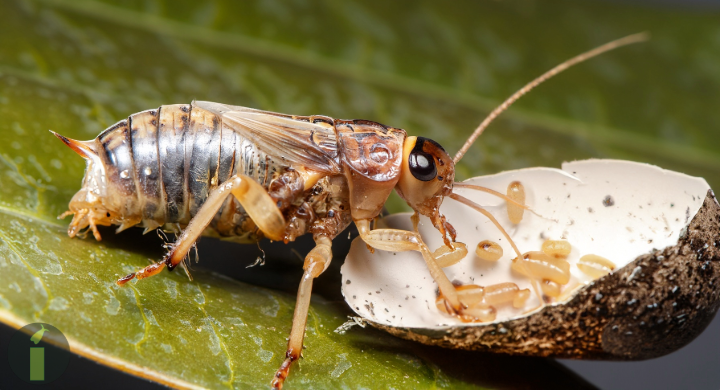
Egg Stage
- Female crickets use their ovipositor to lay their eggs in a good place, usually in dirt, sand, or other protected area.
- Cricket eggs are small, oval, and may be laid in groups.
- The female may use something to protect the eggs by sticking them to a surface.
Incubation
- For the cricket eggs to grow, they need a certain amount of warmth and moisture.
- The incubation time can be different for different cricket species and environments.
Nymph Stage
- Once the time is up, the cricket eggs hatch into nymphs.
- Nymphs look like little crickets, but they don’t have wings and aren’t sexually grown yet.
Growth & Molting
- Nymphs lose their exoskeletons several times during their life cycle so they can grow.
- Every time they change, the nymphs become more like adults.
Adult Stage
- After a number of moults, the nymphs become fully grown into adult crickets.
- Adult crickets have wings and reproductive organs that are fully formed.
From egg to adult, the whole process can take a few weeks, and the length of time it takes for each stage depends on things like temperature, humidity, and species. As holometabolous insects, crickets go through a full transformation with separate egg, nymph, and adult stages.
Crickets make a sound that is very different from other sounds. Adult males often make this sound to communicate, especially when it’s time to mate. They make the sound by stridulating, which means rubbing their wings together. However crickets aren’t the only ones that make annoying sounds, there are other insects too!
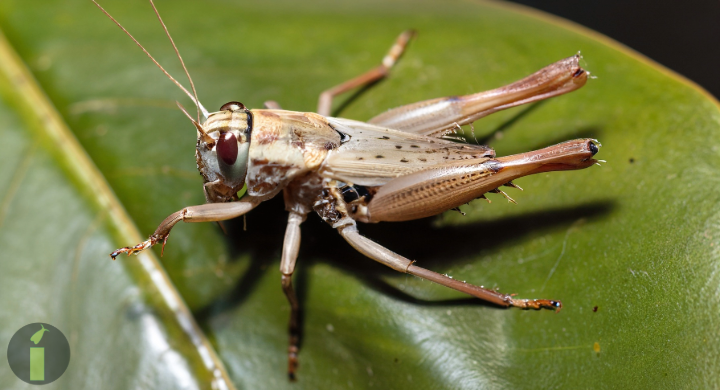
Where do crickets lay eggs?
You can find cricket eggs at places that are safe and have good conditions for the eggs to grow. Different types of crickets may choose different places to lay their eggs, but these are some popular spots:

Soil or Substrate
On the ground or on top of something, many types of crickets lay their eggs. The female cricket can use her ovipositor to lay the eggs in the ground, away from dangers like animals and extreme weather.

Leaf Litter
Crickets may lay their eggs in the leaf litter on the forest floor in the wild. The eggs are protected by the organic stuff that is breaking down.
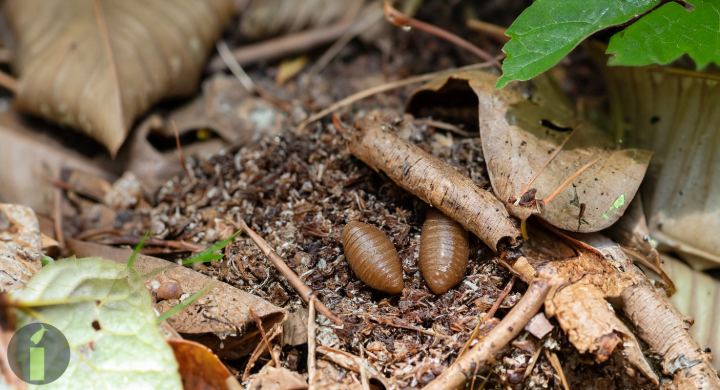
Under Bark
Some crickets may choose to lay their eggs in cracks in tree bark. This provides a protected area with some amount of safety.
Burrows
There are types of crickets that dig holes in the ground and lay their eggs there. In this way, the eggs can grow in a safe and stable setting.
Plant Debris
Crickets may lay their eggs on or near things that have fallen off plants, like sticks or leaves. The trash gives the eggs a place to hide and protect them.
It is important to remember that the place where crickets lay their eggs can vary depending on the type and the weather. Female crickets have learned to choose areas where the chances of their eggs hatching and their young survival are higher. In some cases, the female may also cover the eggs with a substance to make them safer.
Cricket Eggs Incubation
When you incubate cricket eggs, you make sure they have the right conditions to grow into nymphs. Here are some general steps you can take to hatch cricket eggs:

Collecting Eggs
If you want to breed crickets and can get to a cricket colony, you should get the cricket eggs from where the females lay them. This could mean carefully taking away the material or ground where the eggs are laid.
Prepare a suitable container
To make a controlled space, use a jar with a lid. A jar made of plastic or glass with holes in it for air flow can work. Place a good substrate in the container, like a mix of dirt and sand. This gives the eggs a place to stay and keeps the right air level.
Maintain Humidity
For cricket eggs to grow, they need to be kept moist. To keep the surroundings humid, mist the substrate with water. But don’t make it too wet, because too much water can cause bacterial problems.
Temperature control
For crickets to successfully lay eggs, the temperature needs to be warm. The bottle should be kept somewhere warm, preferably between 27°C and 90°F (80°C to 32°C). A heating pad or heat lamp can help you keep the temperature steady.
Provide Darkness
Cricket eggs usually hatch when it is dark. To make it feel like the natural environment, keep the container somewhere dark or poorly lit.
Monitor & wait
Check the base often for signs of moisture and make changes as needed. Keep an eye on the container to see if the eggs start to hatch. The time it takes for cricket eggs to hatch into nymphs is different each time, but it usually takes a few weeks.
Prepare for Nymphs
Once the cricket eggs hatch and the nymphs come out, make sure they have the right conditions to grow. This could mean giving them food (like fresh veggies) and making sure the right temperatures are kept.
Keep in mind that the exact needs may change depending on the type of cricket. It is important to keep an eye on things and change things as needed. It can be helpful to look at resources that are special to the species you are working with. Also, keep in mind that too much wetness can cause mould or bacteria to grow, which can be bad for your health.
Conclusion
A female cricket that is pregnant can lay up to 500 eggs in her lifetime. It sounds like a lot of crickets! But it’s not just the amount that’s amazing; the quality is too. The eggs of crickets are very strong and can handle a lot of damage. They’ve been known to live through being stepped on or even eaten by animals. For this reason, the shell of a cricket egg is tough and strong. It takes seven to ten days for cricket eggs to hatch. When they do, the nymphs that are born look a lot like adult crickets.
The only different thing is that they’re not as big. Nymphs lose their skin several times as they grow, becoming bigger each time. They’ll be fully grown and ready to lay eggs on their own in about two months. People don’t usually eat cricket eggs, but adults and young crickets are often fed to people or animals. Growing crickets is becoming more popular as a long-term way to get energy.
Read More: What Do Crickets Eat? A Comprehensive Guide to Cricket Diet
Frequently Asked Questions (FAQs) about cricket eggs
Q1. What are cricket eggs?
They start their lives as eggs, which hatch after about two weeks. An grown female cricket can lay up to 100 eggs every day, and she can lay up to 3000 eggs in her whole life. Most of the time, eggs are laid in plant roots outside. Crickets like to lay their eggs in damp, muggy places inside.
Q2. How do I know if my cricket laid eggs?
You can tell right away if you see egg bags on the back of the cricket. Listening is another good way to find out. If you hear birds chirping, it means the guys are adults and have the right body parts to lay eggs.
Q3. At what age do crickets lay eggs?
At 3–4 days old, both the males and females are sexually mature and ready to mate. Once a bug is an adult, it never moults again. If the female doesn’t mate, she won’t lay eggs. She starts ovipositing (laying eggs) when she is 8 to 10 days old. For two months, she will lay groups of 50 to 100 eggs every two days.
Q4. How do you raise cricket eggs?
Cycle of Life It takes 15 to 25 days for cricket eggs to hatch, based on how warm it is. The eggs are laid in wet soil or sand. Crickets that are young look like adults, but they don’t have wings. Their growth rate changes based on the temperature. Below 70 degrees F, there is almost no growth.
Q5. How big is a cricket egg?
The eggs are about 2 to 3 mm long and have a white or yellow color. Over the course of her life, a female cricket can lay at least 600 eggs.

